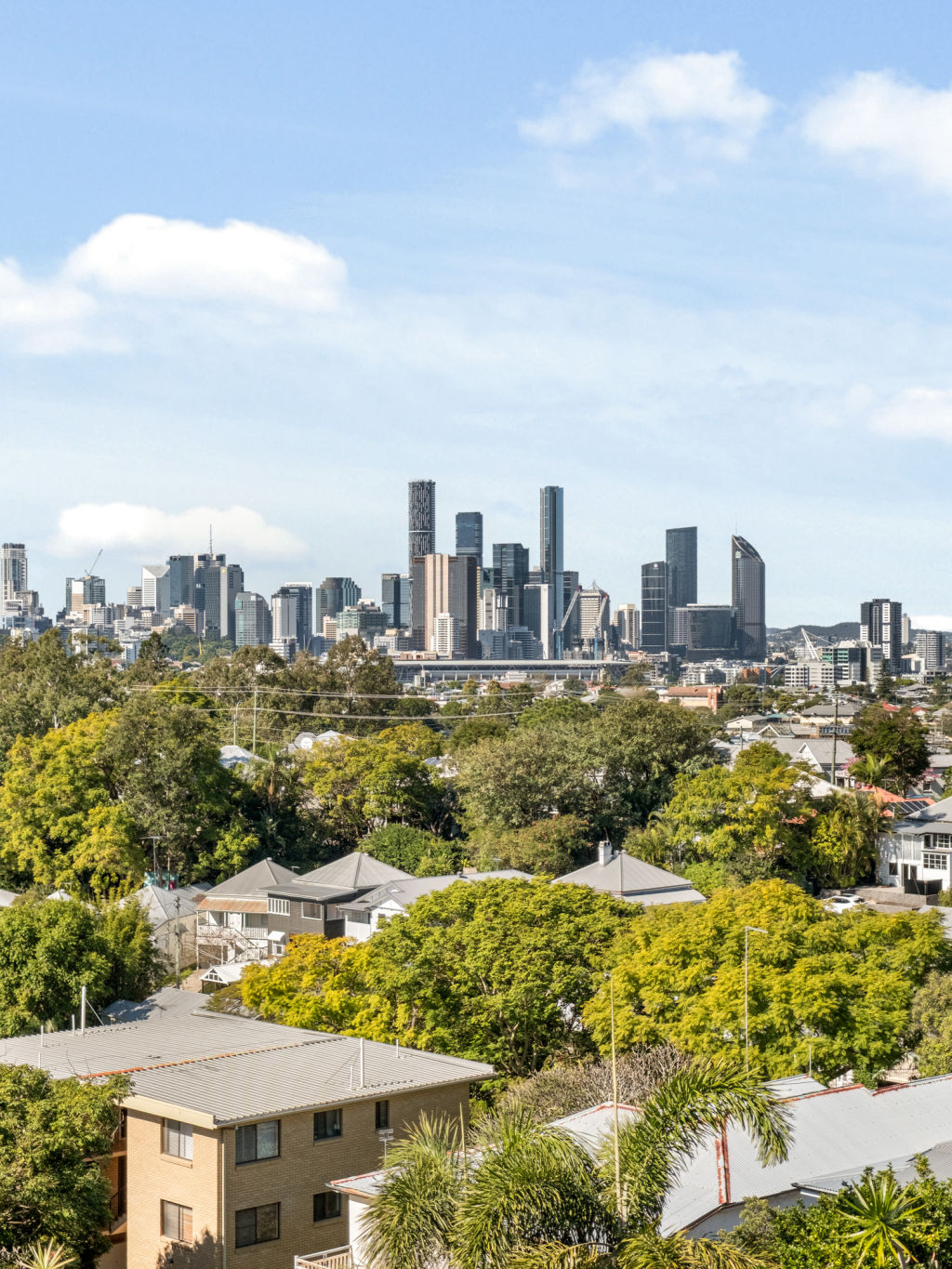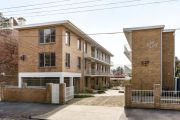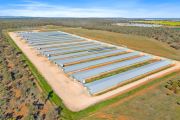
WFH Mondays and half-empty offices are OK for office investors
Welcome to the twilight zone between June 30 and when accounts are finalised, when boards, their chief executives, chief financial officers and auditors have once-a-year difficult conversations about asset values.
New CEOs like to clear the decks. Old CEOs tend to cling to what asset values they’ve got. Accounting standards can be applied subjectively, and audit partners typically play along. Goodwill is always a cracker.
The debate’s hottest in sectors where investors actually value a company’s shares based on asset backing – real estate investment trusts, listed investment companies etc. We like the property valuations – so many REITs trade at 10/20/30 per cent discounts to supposed asset value, and still directors can find ways to maintain or even boost valuations.
The average passive REIT is trading at a 9 per cent discount to net tangible assets, according to Macquarie analysts.
One of the big ones in the property sector is work from home and what it has done to office and retail buildings values. Hysteria has settled – as hysteria around working from home has, too. Property investors finally seem OK with it. But should they be? Any commuter or coffee vendor in Sydney, Melbourne or Brisbane can tell you that Mondays and Fridays are quiet. Traffic and public transport data back it up. How can offices be worth as much when there are more empty desks and meeting rooms than before?
Challenger chief economist Jonathan Kearns, who brings a demand and supply mindset to the debate, reckons the thing holding up valuations is how employees are using WFH. The fact that there are quiet days (Monday and Friday) and busy days (Tuesday to Thursday, and particularly Thursday) means there are still days when the office is 90 per cent or 95 per cent full.
“You still need pretty much the same amount of space,” he says.
If everyone needs the same or a similar amount of space, even though their employees are spending more time out of the office, you do not get a big spike in vacancies. Yes, vacancy rates have increased a bit to about 15 per cent nationally (at the start of this year, according to Kearns), however, he puts it down to “regular cyclical supply factors” – or new office buildings.
So, Kearns isn’t worried about property values because of those busy days in the office. It is a simple enough observation – something we could come up with by staring out an office window in North Sydney and into surrounding workplaces and onto the street below.
But Kearns took an economist’s path to his conclusion.
He considered the share of workers who work from home, office vacancy rates, trips on public transport, pedestrian counts, and all other sorts of data. It wasn’t a study in office asset sale prices so much as an economist getting his head around the fundamentals of office supply and demand.
“WFH has not proved to be the death knell for the office market that some had predicted,” he says.
“Because WFH is not evenly spread across weekdays, the reduction in office demand is less than the decline in the total time spent in the office.”
He worries more about retail property values – all those CBD buildings housing cafes, restaurants and shops seem less busy than they used to.
It is good news for Challenger – an investment group which has taken not insignificant write-downs on its office property portfolio in the past few years. However, Kearns says his research was supposed to be a broader look at how employees and employers use offices to feed into the valuation debate, not give his employer ammunition to take to the auditors.











